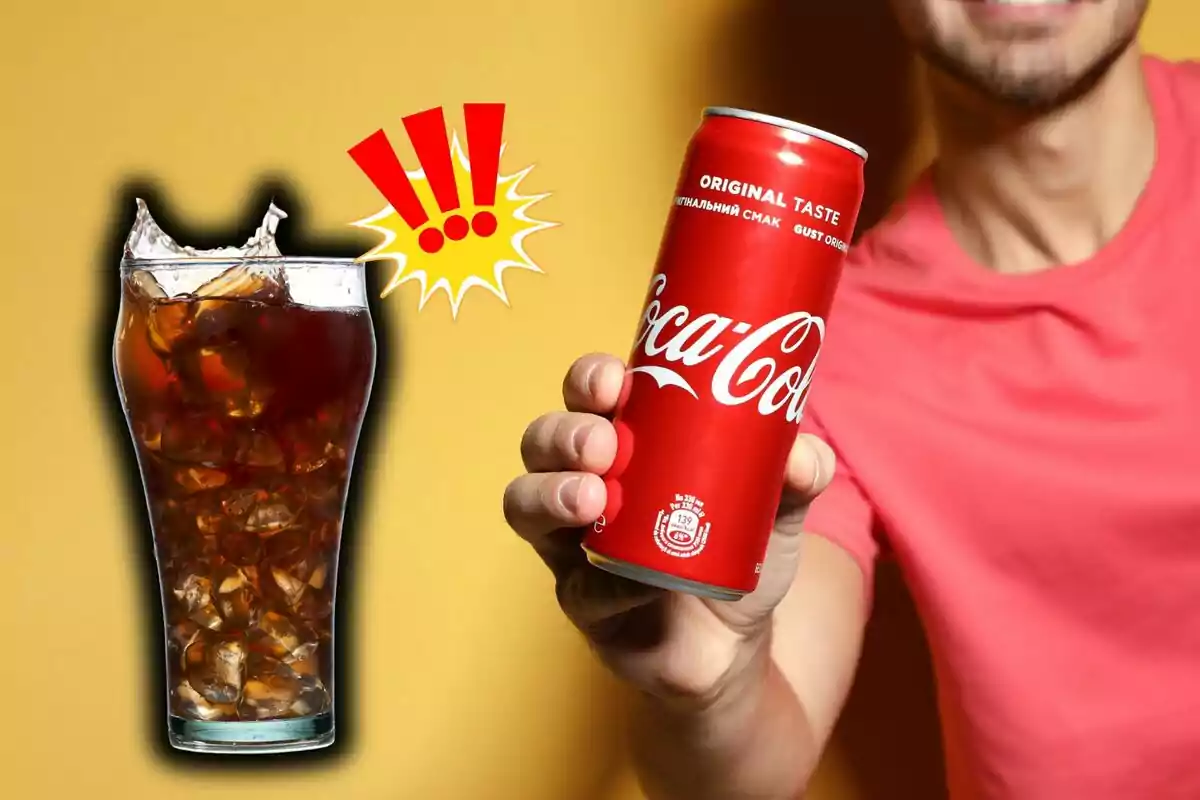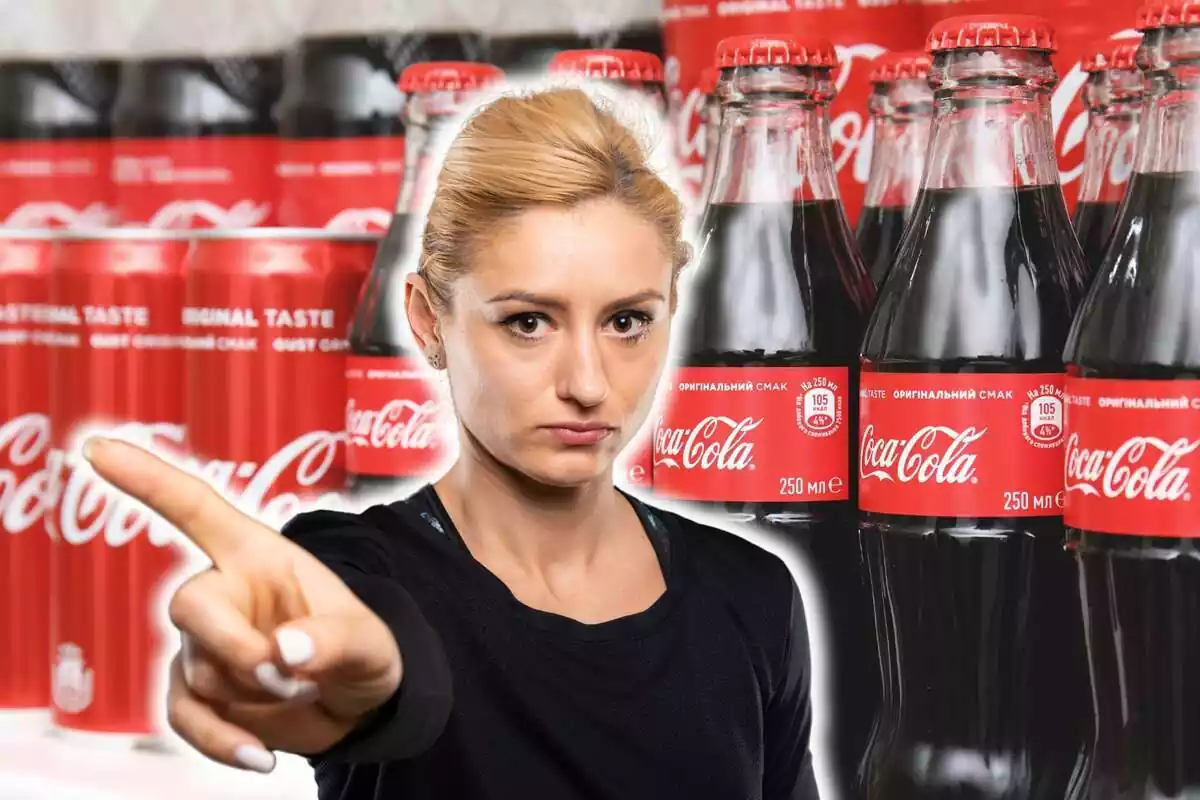
Coca-Cola Throws Cold Water on All Its Customers in the United States
The company has made a decision that could impact those who consume its products in the United States
Coca-Cola, one of the most recognized brands in the world, has launched a message that hasn't gone unnoticed. Amid economic changes and political decisions, modifications in its way of operating are looming. The consequences could soon be noticed on supermarket shelves.
The new market conditions have led the famous soft drink company to rethink some strategies. In this sense, the decisions they might make will affect both their production and the type of packaging used.

Coca-Cola Indicates It Could Make Changes in Packaging Type for Economic Reasons
Coca-Cola has warned that it might resort more to plastic if the price of aluminum keeps rising. The company imports this material from Canada to manufacture cans, but the new tariffs proposed by Donald Trump could significantly increase its cost. It is a 25% tax on foreign aluminum, with no exceptions or exemptions planned.
The company's CEO, James Quincey, has explained that if one type of packaging becomes more expensive, they will opt for other alternatives. In this case, plastic bottles (PET) could gain presence in the U.S. market. The goal, according to the company, is to keep the product accessible for the consumer.
If Coca-Cola chooses not to resort to more plastic and continues using aluminum at higher prices, it will be forced to increase the price of its products. With the impact of the new tariffs, the cost of aluminum could rise considerably, affecting the company's profitability. In this scenario, the company would need to pass part of that increase onto consumers, which would be a real cold shower.

From the brand's perspective, the impact of the tariffs is not insignificant, but neither is it decisive in their global structure. Quincey pointed out that packaging represents only a part of the total cost of the product. Even so, the brand seeks ways to adapt to the new situation without losing competitiveness.
Coca-Cola Talks About Packaging Use
Coca-Cola has gradually increased the use of cans in recent years, although the figures still show a predominance of plastic. According to their latest environmental report, 26% of their beverages were sold in aluminum or steel packaging in 2023. In contrast, 47.7% were distributed in plastic bottles.
The possible increase in bottles responds, according to the brand, to efficiency and cost criteria. No official change has been announced, but the statements from their executives point to greater flexibility in the type of packaging. This measure would allow the company to adapt quickly if aluminum prices continue to rise.

On the other hand, this announcement has occurred in parallel with a new executive order signed by Trump. In it, the previous policy promoting the use of paper straws in the federal sphere is reversed. From now on, the use of plastic straws will be allowed again in certain government facilities.
Economic and political decisions are influencing the business model of large companies. Coca-Cola, in this case, is studying different options to keep its market presence without increasing its prices too much. The coming months will determine whether these changes become a reality or remain a possibility.
More posts: